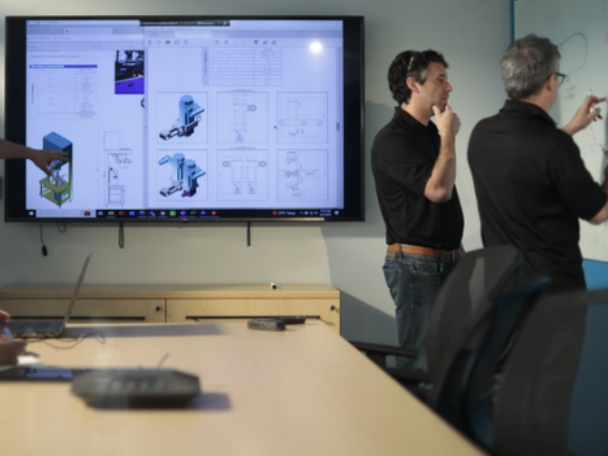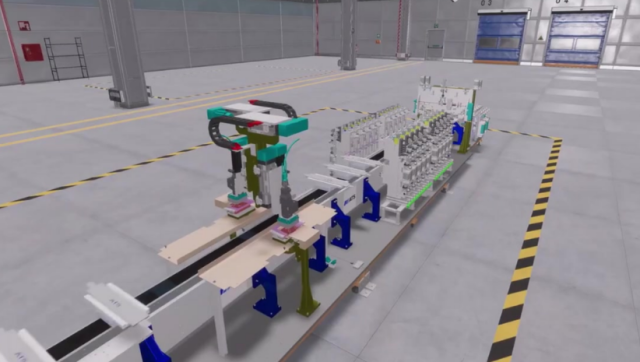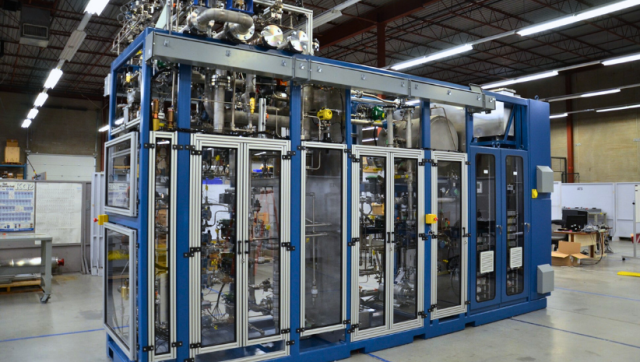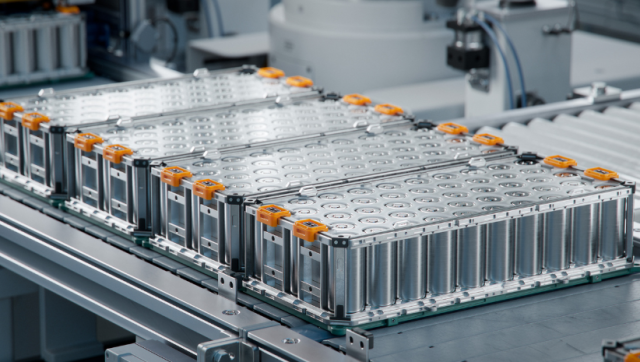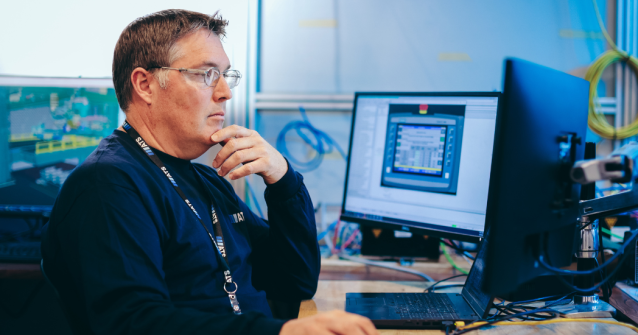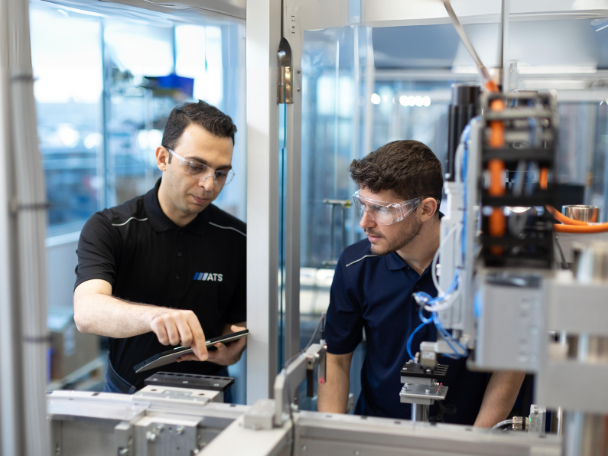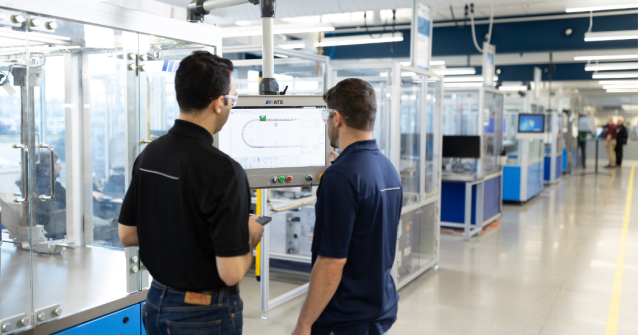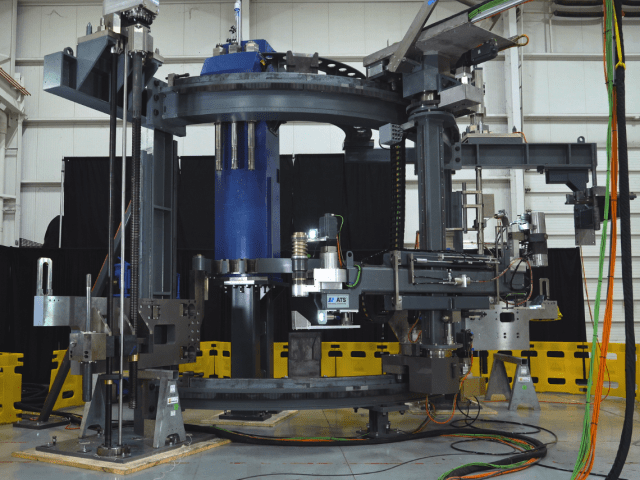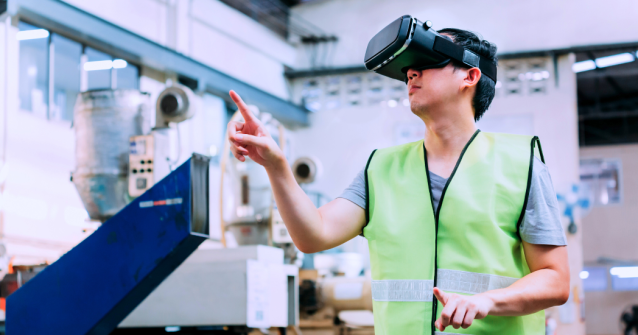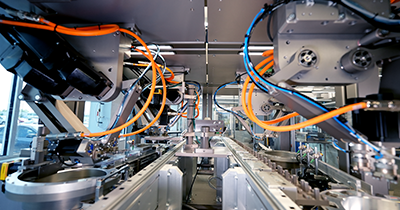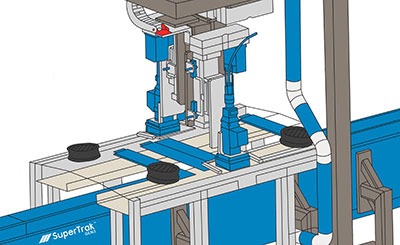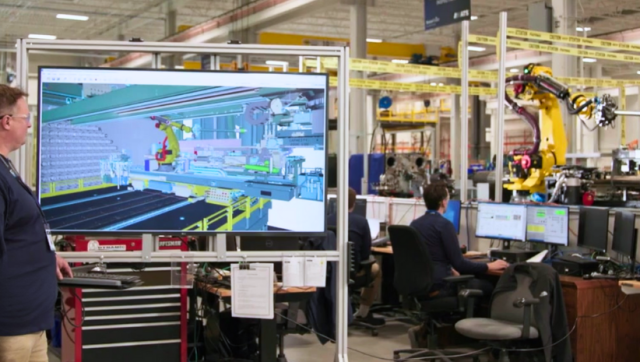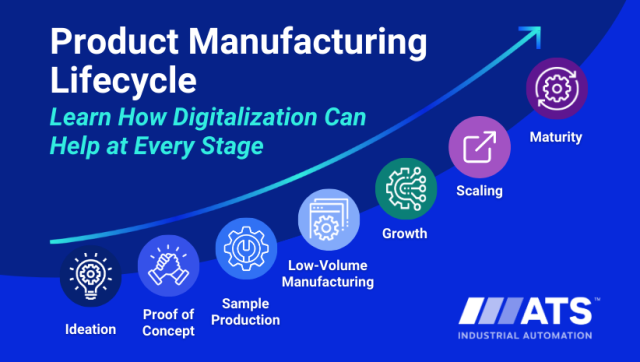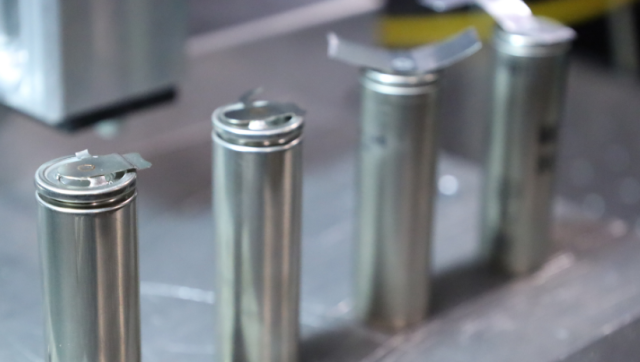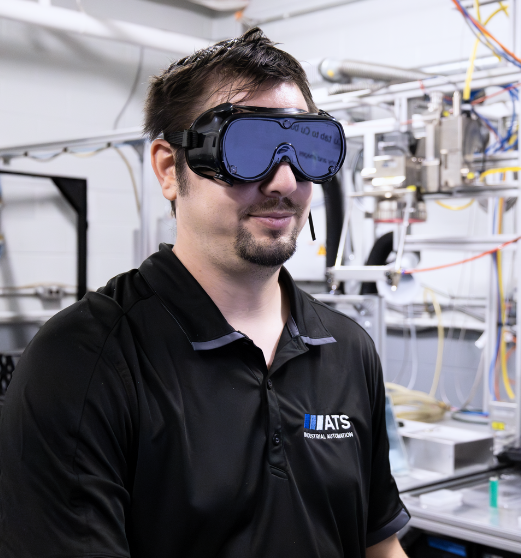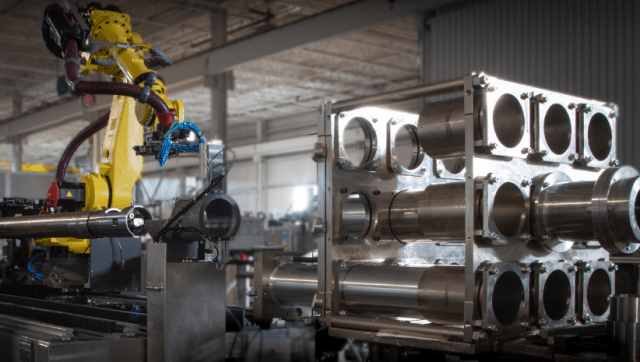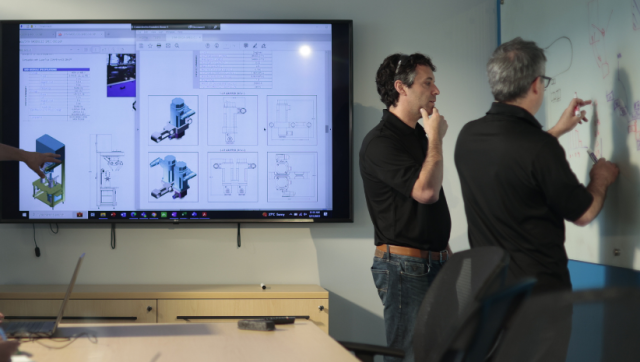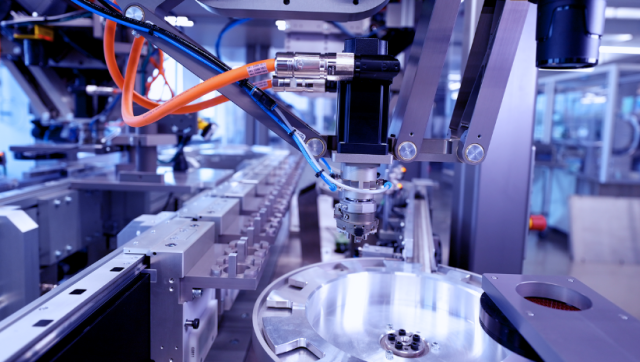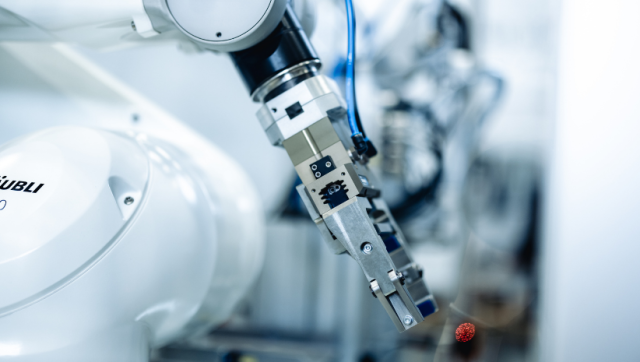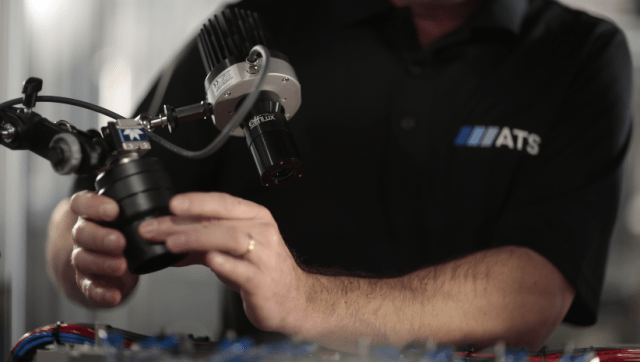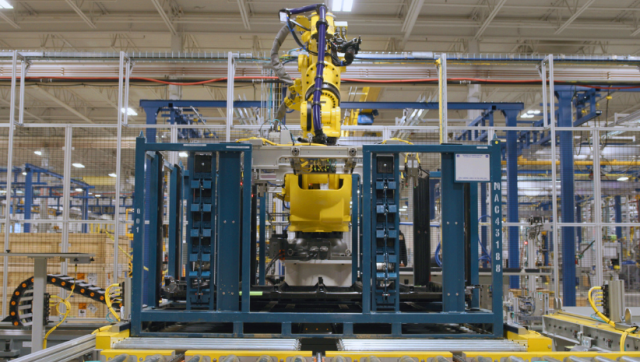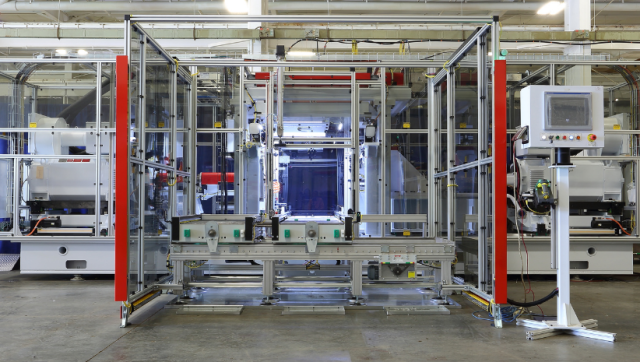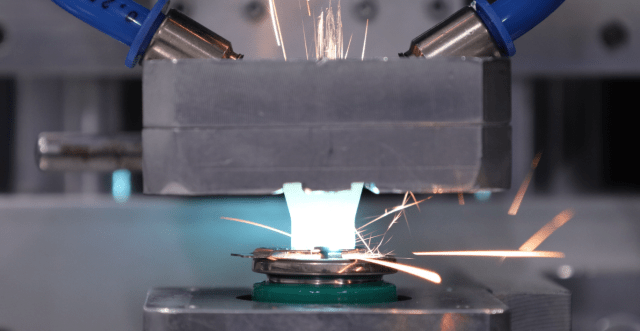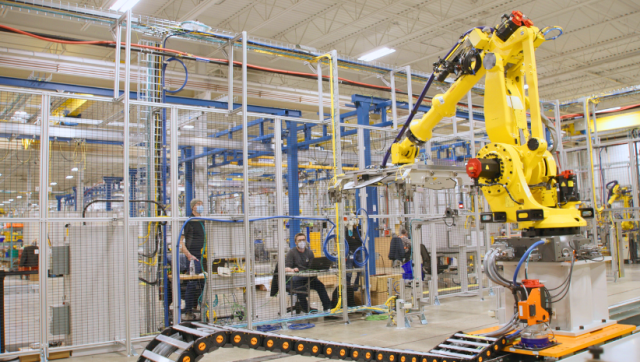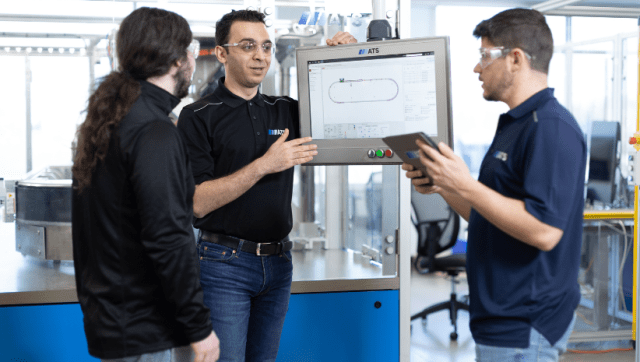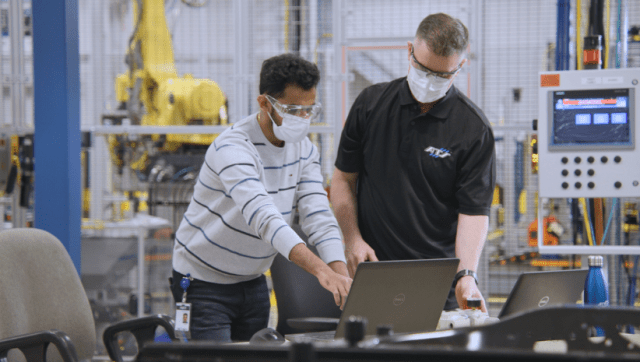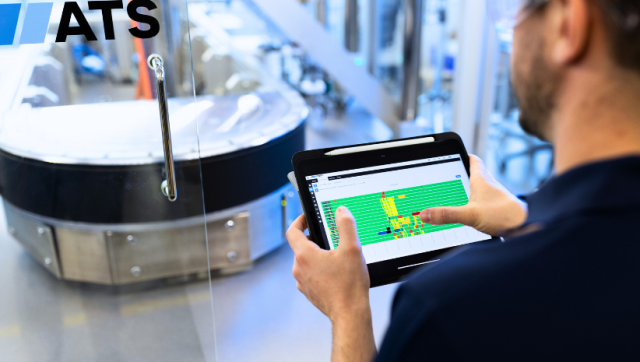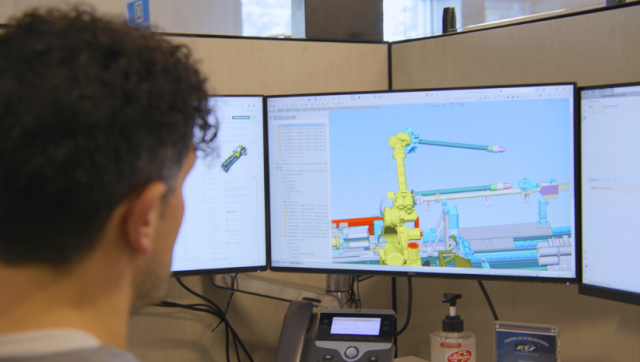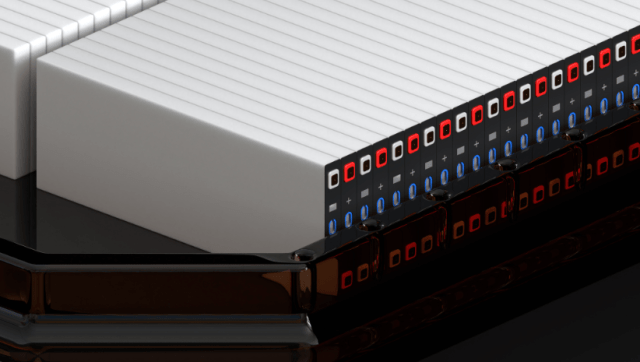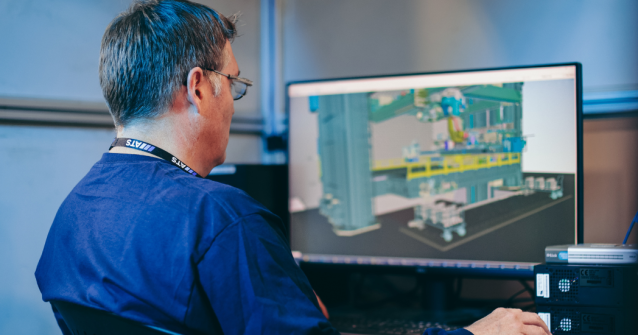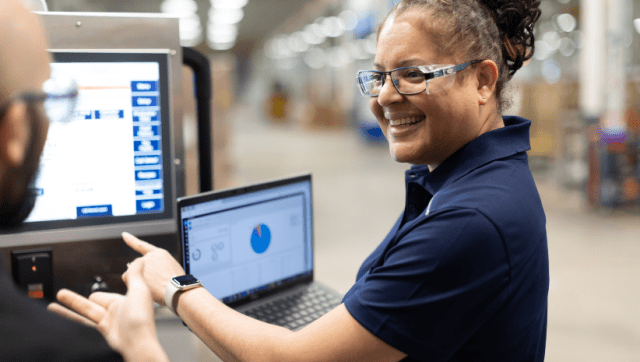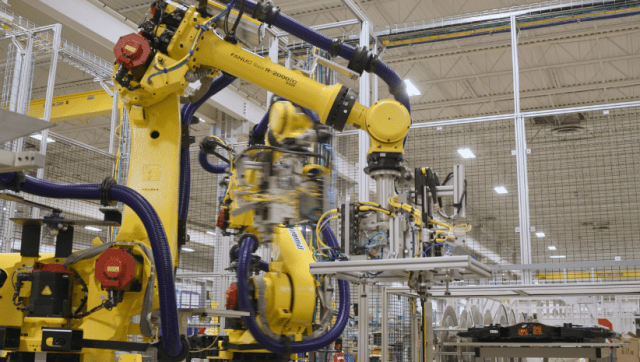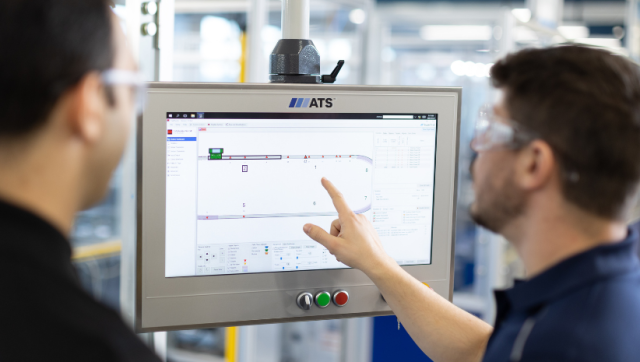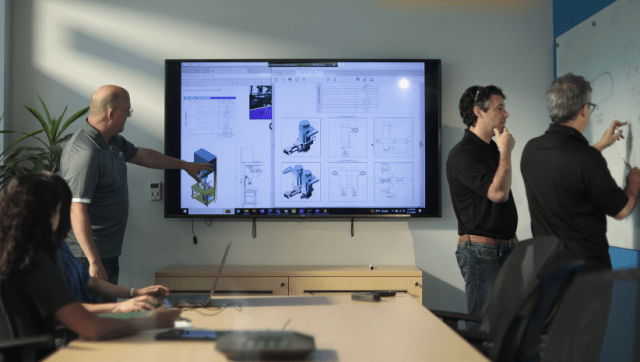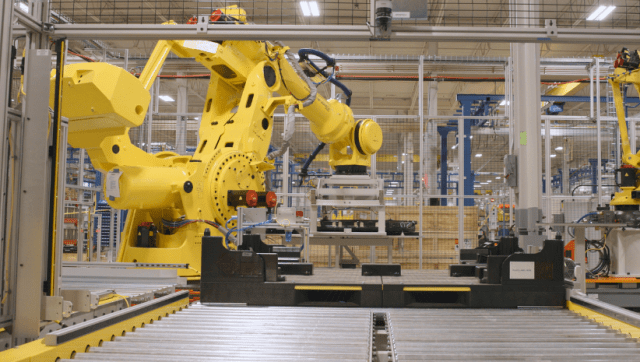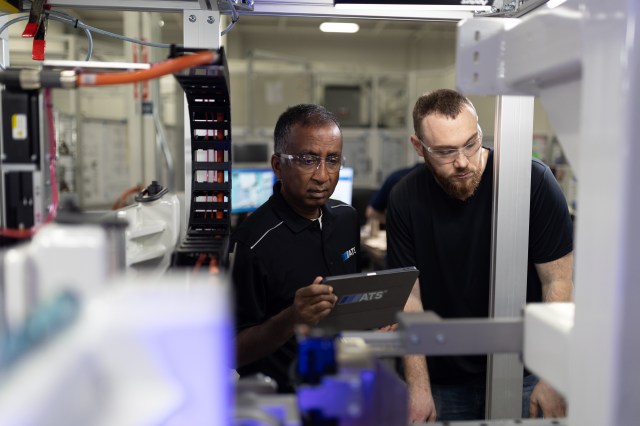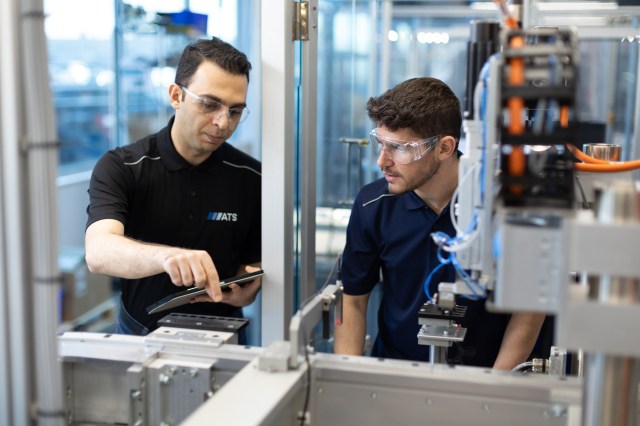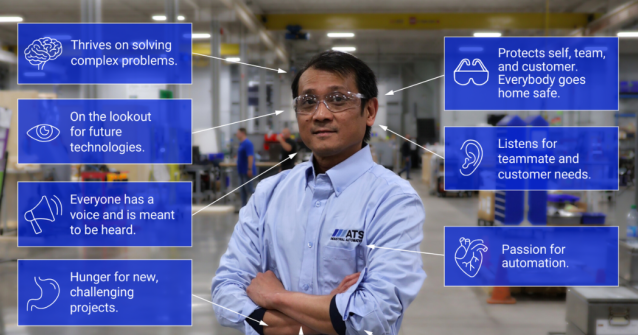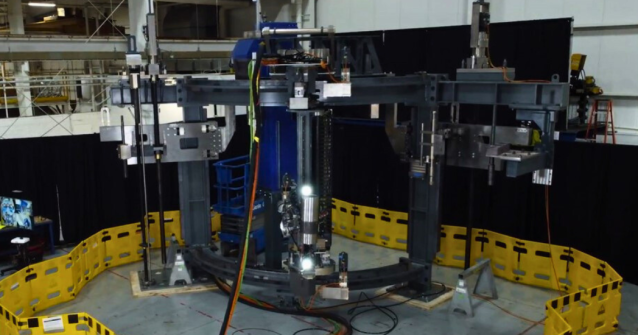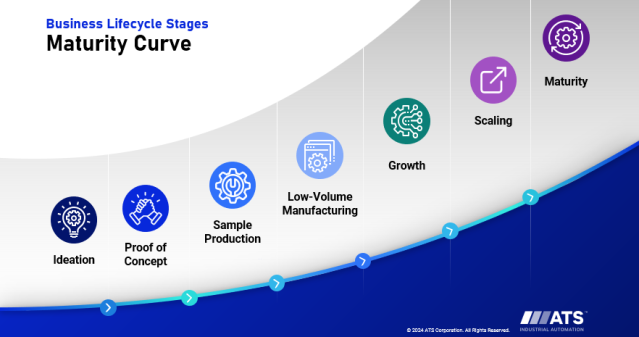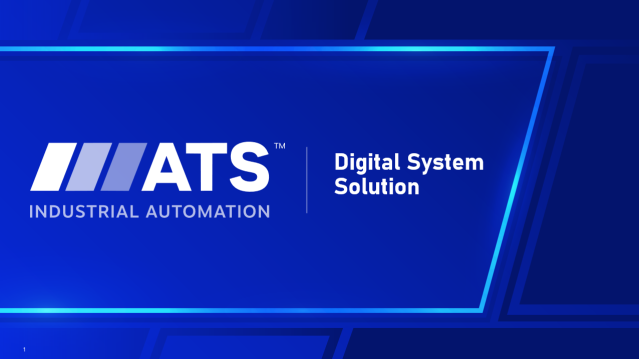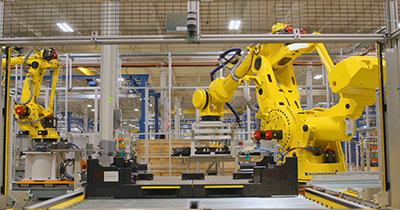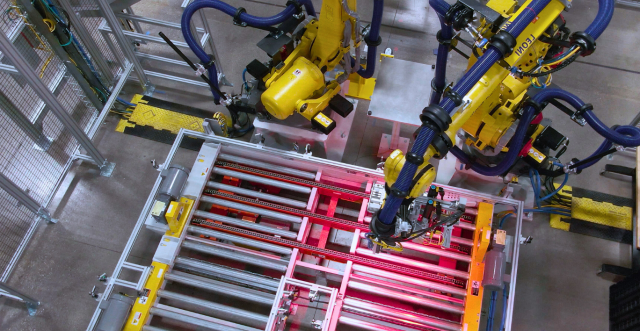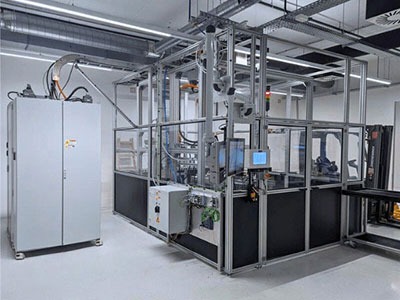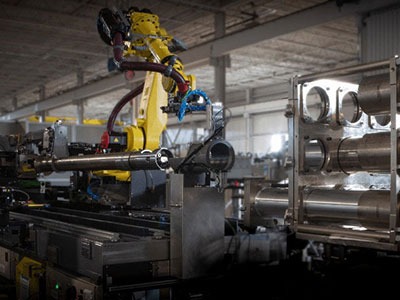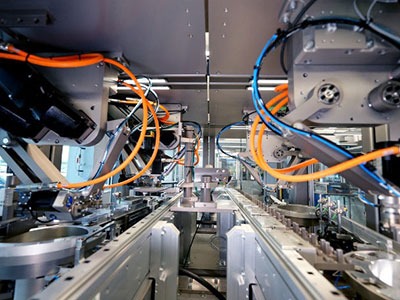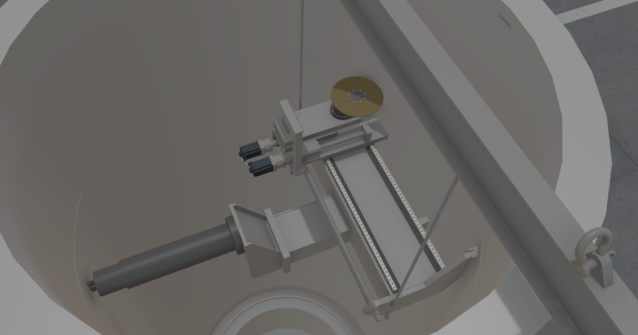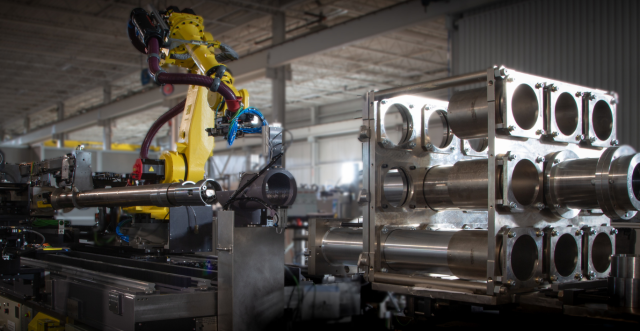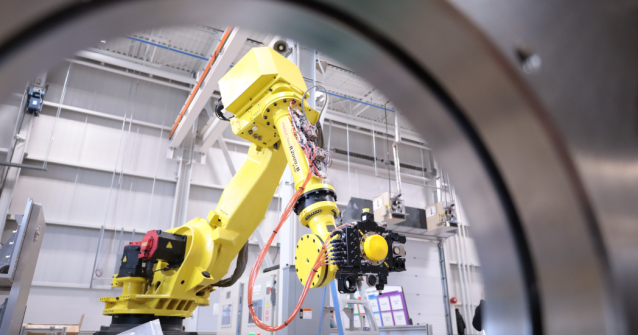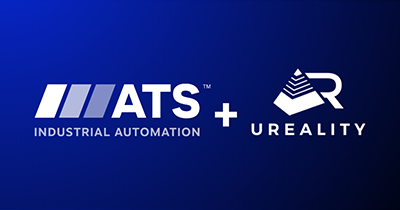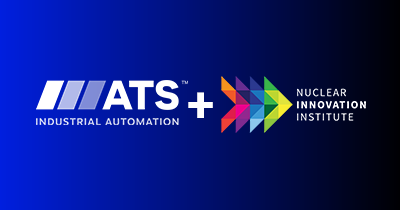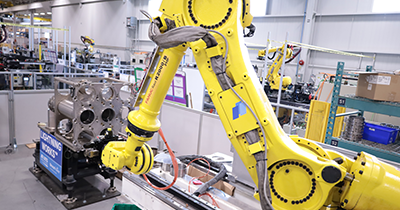Digitalization has become a cornerstone for success in today’s manufacturing business environment. By leveraging digital tools and technologies, manufacturers can streamline operations, enhance production efficiency, and make data-driven decisions that propel their operation forward.
No matter the stage in which a product manufacturing company may operate, digitalization can play a pivotal role. From accelerating product development and market entry to optimizing production at scale and extending product manufacturing life, digitalization in manufacturing offers numerous benefits that can significantly impact a manufacturer’s bottom line and growth.
Understanding Digitalization
Digitalization refers to integrating digital technologies into everyday processes. By harnessing the power of digital tools, manufacturers can enhance workflows, transforming how they operate and deliver value to customers. Key components of digitalization include data collection, data analysis, and automation—all of which enhance production efficiency and decision-making. Tools and technologies include digital twins, system twins, Internet of Things (IoT) platforms, virtual reality (VR) and augmented reality (AR), and artificial intelligence (AI) powered analytics. Each of these tools can help manufacturing companies optimize and scale assembly and testing processes.
Digitalization in the Early Product Development Stages
Digitalization can play a crucial role in the early stages of product development and market entry. During ideation, manufacturers can leverage digital tools such as computer-aided design (CAD) software and advanced simulations. These technologies enable rapid prototyping and experimentation, allowing teams to iterate on designs quickly while saving costs.
In the proof-of-concept phase, digital manufacturing technologies accelerate product launch through virtual testing and validation, reducing the need for physical prototypes. This also helps minimize the time it takes to get a viable product to market. For example, virtual commissioning allows teams to simulate production lines, ensuring all components work together seamlessly before implementing the real line.
Throughout the sample production stage, digital tools help teams create high-quality virtual samples. Manufacturing startups can use these examples to secure critical funding for their business and engage initial customers. By providing a digital representation of the product and the manufacturing processes involved, leaders can demonstrate product viability and build confidence among stakeholders. Digitalization also facilitates real-time feedback. With continuous monitoring, leaders can confidently make data-driven decisions and work toward faster, more successful production.
Digitalization in the Growth and Scaling Stages
Digital twins and system twins play a crucial role in the growth and scaling phases by supporting the expansion of operations. These advanced technologies enable manufacturers to predict outcomes, optimize production processes, and reduce downtime.
A digital twin is a virtual replica of a physical asset, allowing teams to test, analyze, and adjust designs before delivering the final assembly line. Meanwhile, system twins allow for the simulation of entire production lines, helping engineers identify and address potential bottlenecks before they occur in the real world. Proactive approaches empower manufacturing teams to simulate various operational scenarios, leading to critical insights that drive more relevant decisions. The constant feedback also helps minimize disruptions—ensuring the manufacturer can accelerate production and meet its throughput commitments.
Digitalization in the Maturity Stage
During the maturity phase, digital twins and system twins help maintain peak operational performance. This lets manufacturing leaders extend and even improve their product’s lifecycle. Because these technologies enable continuous monitoring and real-time analysis of the entire production system, manufacturers can better detect and address issues before they escalate and evolve into costly schedule delays. Digital and system twins can also let teams quickly improve or generate product variants, accelerating New Product Development (NPD). By providing detailed insights, system twins help ensure product consistency, even as the manufacturing company grows. This holistic approach ensures the entire production line operates smoothly, minimizing downtime and maximizing throughput.
Benefits of Digitalization Across the Product Manufacturing Lifecycle
Digitalization offers significant benefits across each step of the product manufacturing lifecycle, enhancing workflow and process efficiencies, product development, and critical business decisions. The importance of digitalization lies in its ability to streamline operations, reduce costs, and enhance quality, ultimately driving manufacturing success. As digital technologies evolve, their impact on everyday operations will only grow. OEM leaders that want to drive innovation and company growth must embrace these digital manufacturing tools to stay ahead in today’s market.
Every project is unique. Allow us to listen to your challenges and share how automation can launch your project on time.

Roland Echter
General Manager - Digital
ATS Industrial Automation
Roland has helped companies across numerous industries to automate and optimize production with digital solutions. Roland works with customers to configure services, systems, using digital tool strategies to build and scale production and drive operational efficiency.



